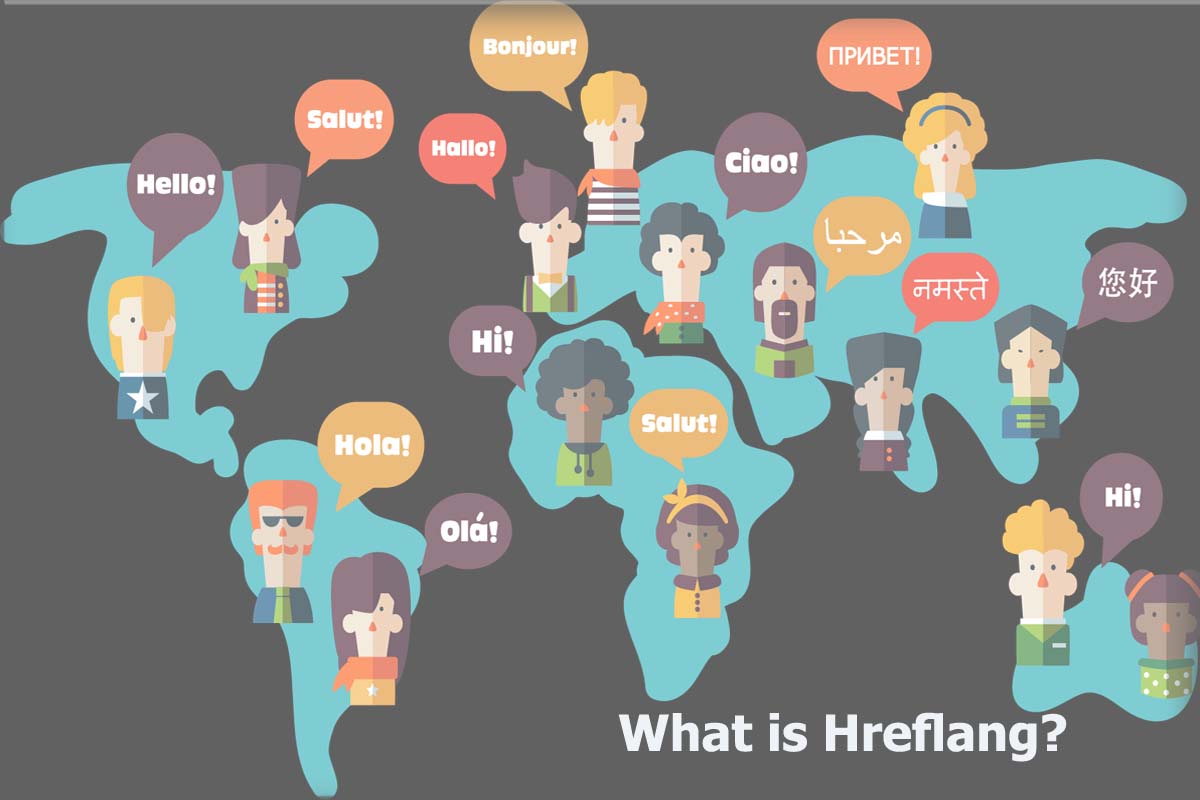What is Hreflang?
Introduction
The hreflang attribute or tag says google which language you are using on a particular page so that the search engine can provide accurate user results in their language. Let us mention the code example for you for a better understanding.
link rel=”alternate” href=”http://XYZ.com” hreflang=”en-us” />
How does Hreflang Attribute Work?
Hreflang was introduced in the year 2011 in December. Hreflang will help you show the google search engines the relationship between the web page and the alternate languages. It is the most useful when you have created content that targets local audiences.
This attribute what is does is it adds the signal to the search engine that a user searches in language “A.” will want these results instead of a page that has the same content but in language “B.”
Suppose, for example, you have created a french language version of your English-language homepage, you will tag it as “Deutsch.” Using hreflang= “es.” So the searchers with an IP address that a search engine has a reason to believe is in a German-speaking country are served in German instead of English.
This may decrease your website bounce rate, but it will increase the conversion rates by ensuring that your target audience will land on the version of your page that they are looking for.
The Hreflang attribute is not the directive. It is a signal. It means that other factors of SEO may prevail over the Hreflang attribute and can cause the different versions of your web page to help it rank higher. You can use international SEO best practices to signal the search engines about the pages that are for the user. Google uses the signal hreflang attribute. While bing uses the meta tag.
Tips and Tricks About Hreflang Attribute
In this article, we have mentioned some tips on how to use hreflang so you can get the most benefits out of it. Let us see what they are:
Tip Number 1: You can place the hreflang attribute in the on-page markup, the sitemap or the HTTP header. But make sure you put it at only one of these locations.
Tip Number 2: Keep in mind that the hreflang attribute on each page should reference itself and all other pages that alternate to it. Always remember that hreflang is not a directive but a signal.
Tip Number 3: Final tip is that if your page serves content in a variety of languages or it asks the user to select the preferred page, you can use the x default given below to show that the page is not mainly targeted. Just replace the “XYZ.”
The Difference Between Hreflang Attribute and Canonicalization
There is nothing similar between Canonicalization and hreflang but people who think they are similar read this. Canonicalization is the tool that shows the search engine the URL of pages with similar or duplicate content to avoid duplicate content issues.
Now when we talk about hreflang, it is the tool that Google uses to check which language you are using on a particular page so that the search engine can provide accurate user results in their language. So, therefore, the google recommendation is not to use canonical tags across country or language versions of your site. But you can use it within a country.
Effects of it on Rankings
Let us clear this doubt too. Hreflang is not used for your website to rank at the top. The goal of using it is to serve the users with the content they are looking for.
It helps the search engine switch the page’s version into the search engine results page based on the user’s location and the language they prefer.
Then Why does it Matter to SEO?
Nobody wants to spend a lot of time translating pages in their languages. Instead, you want the search engine to show search results in accurate language for your users. If the users have the search results they wish, their experience improves, and your website eventually ranks better.
Other things that can be affected, too, are fewer people clicking on your website URL and a decrease in bounce rate. So the hreflang has a direct effect on your website. How? If your page is the best match with the SERP, your website’s ranking also improves.

